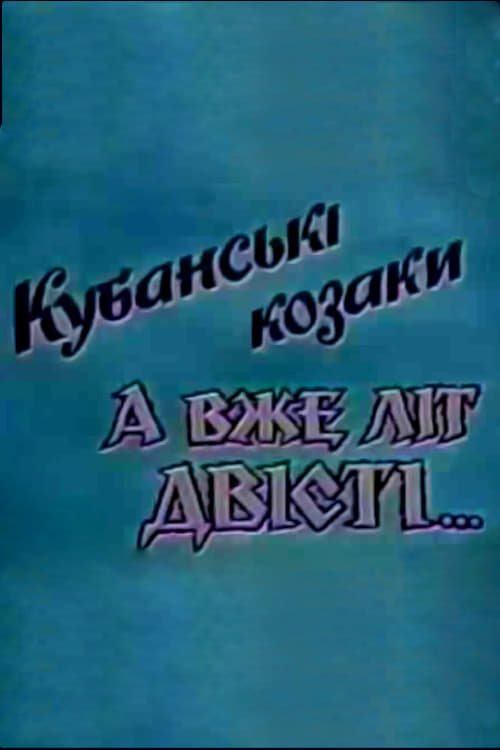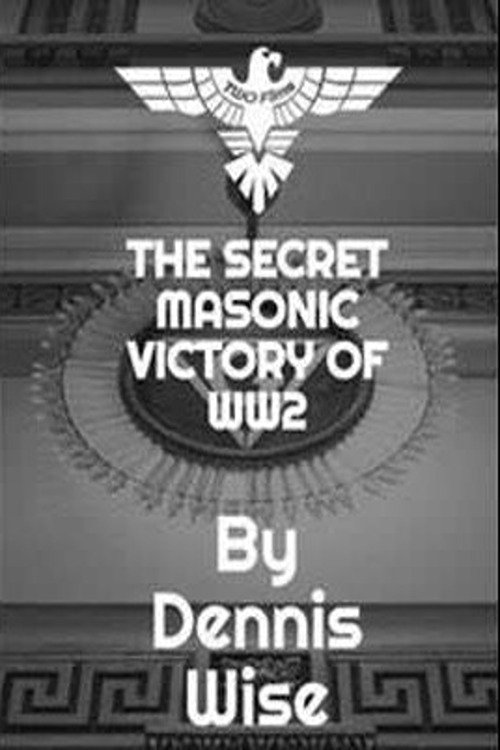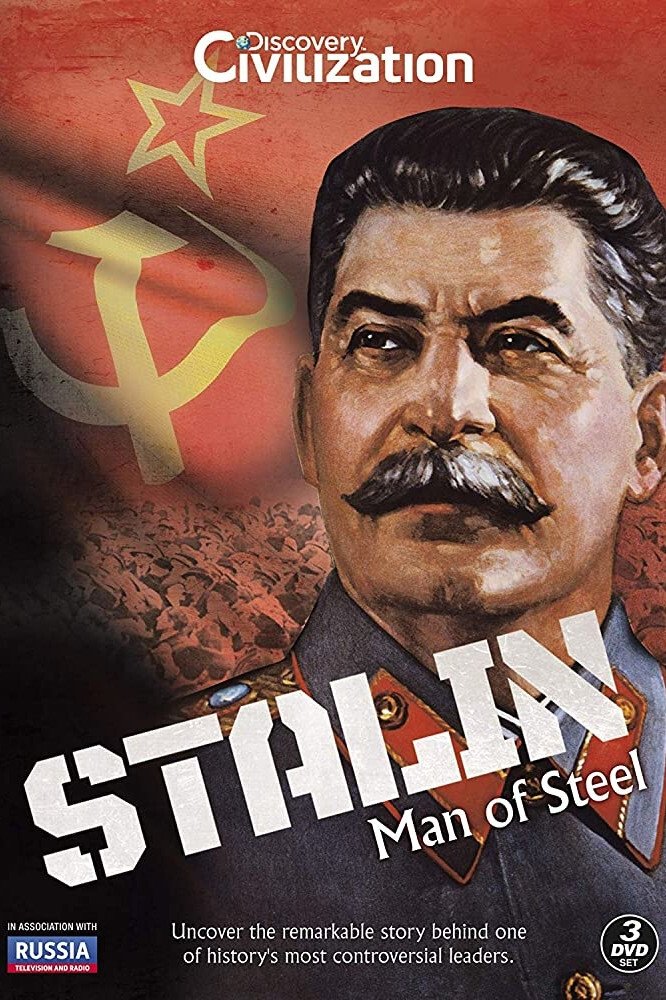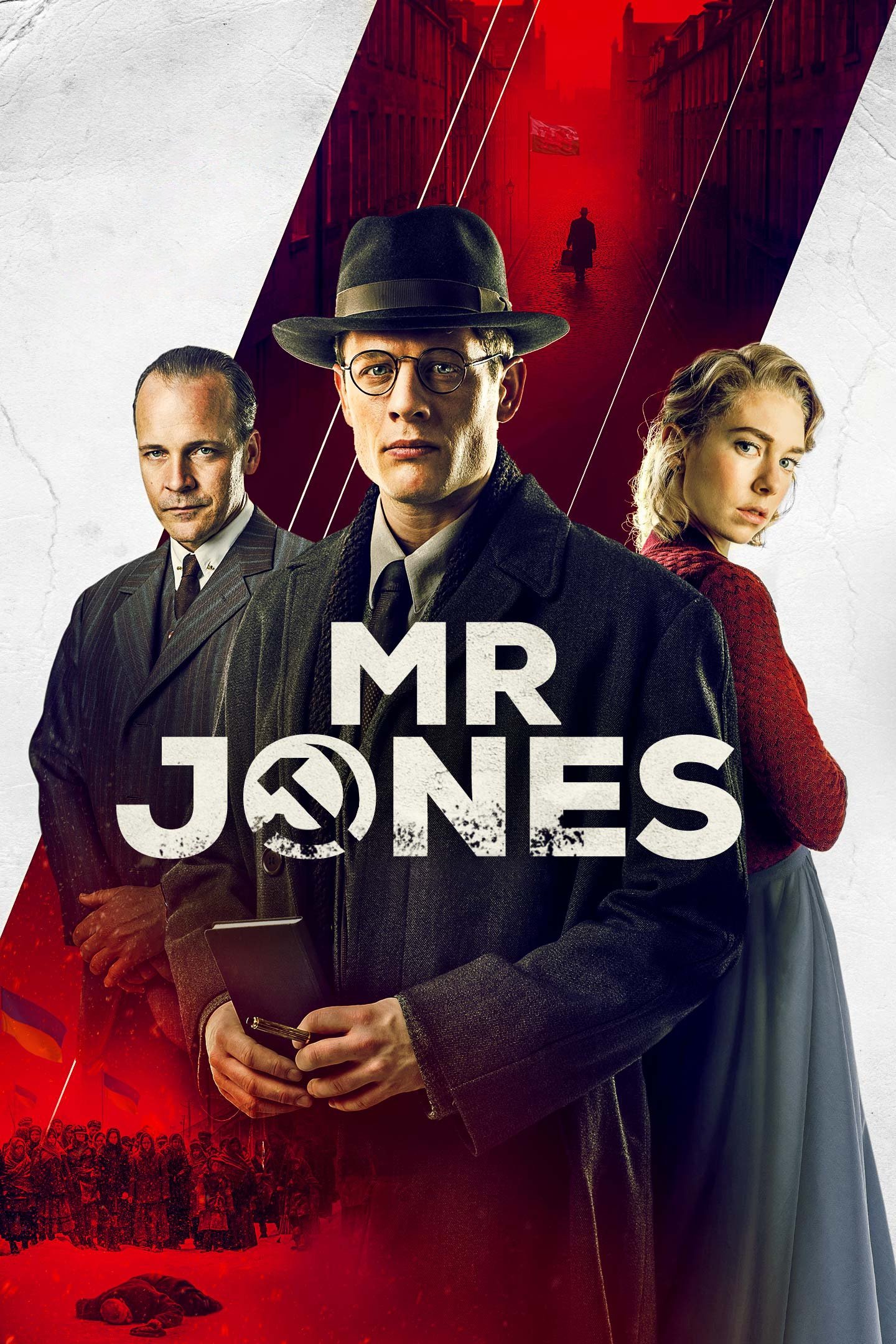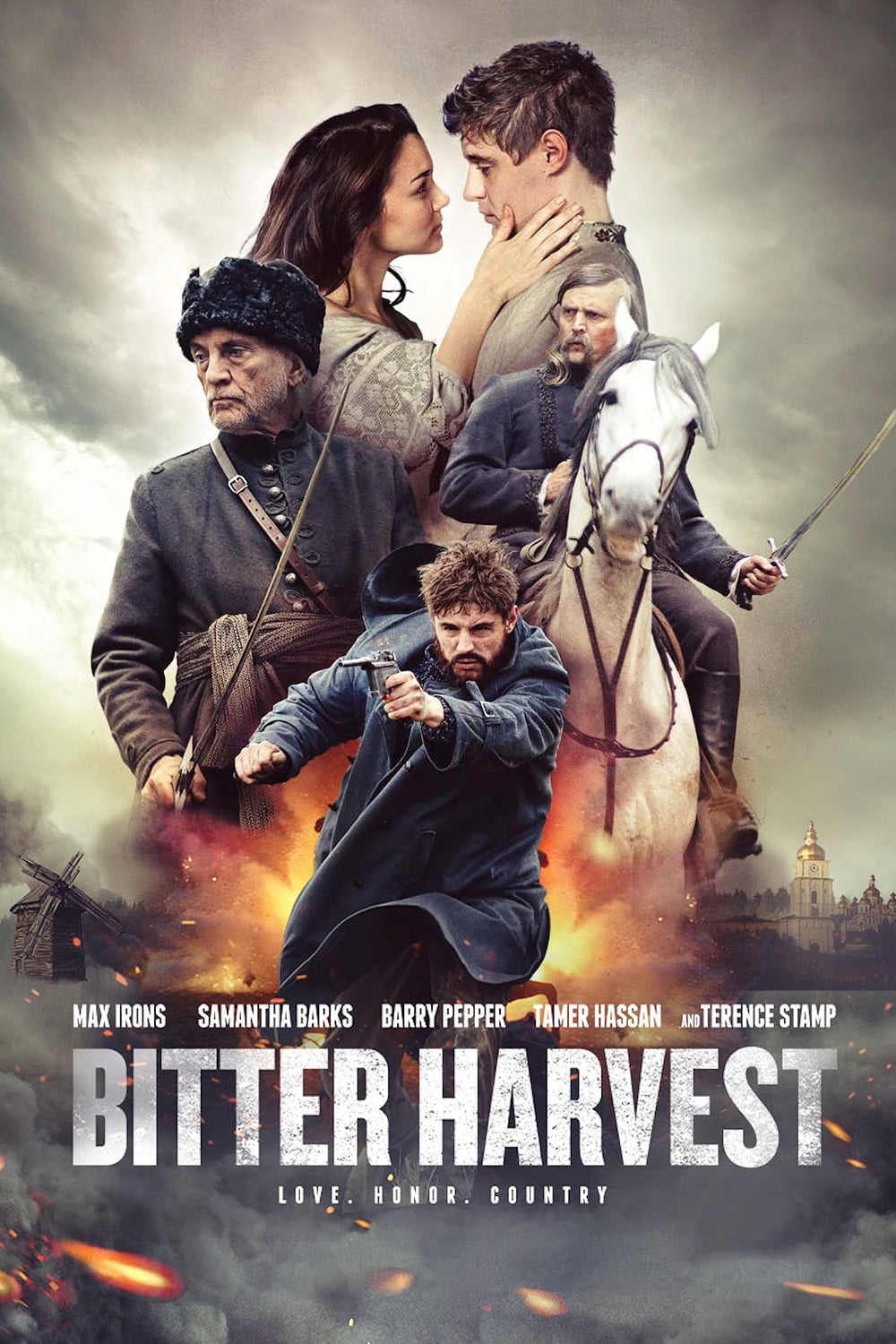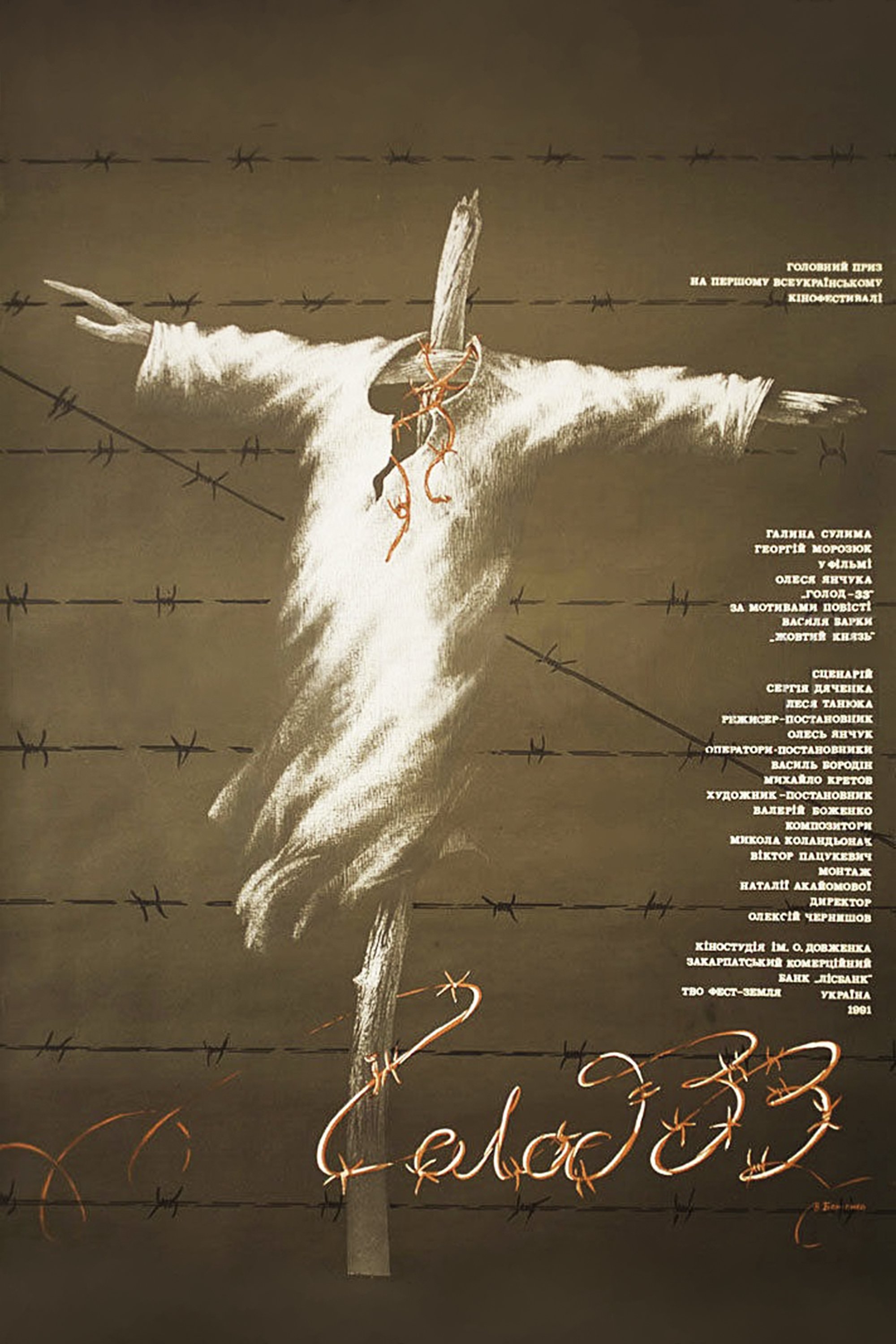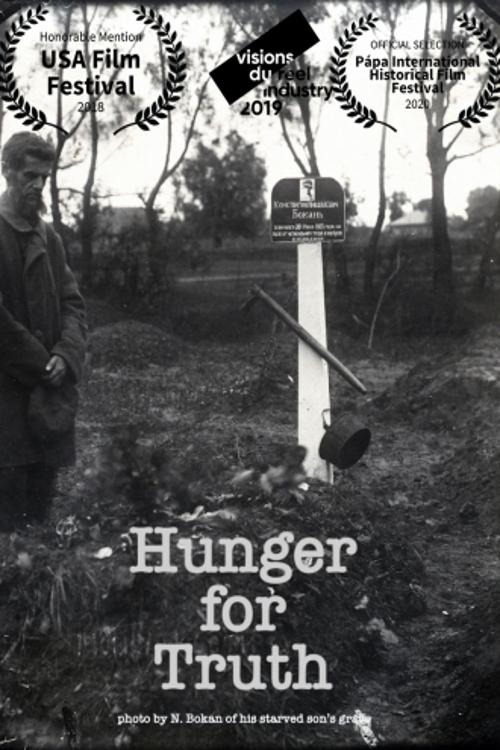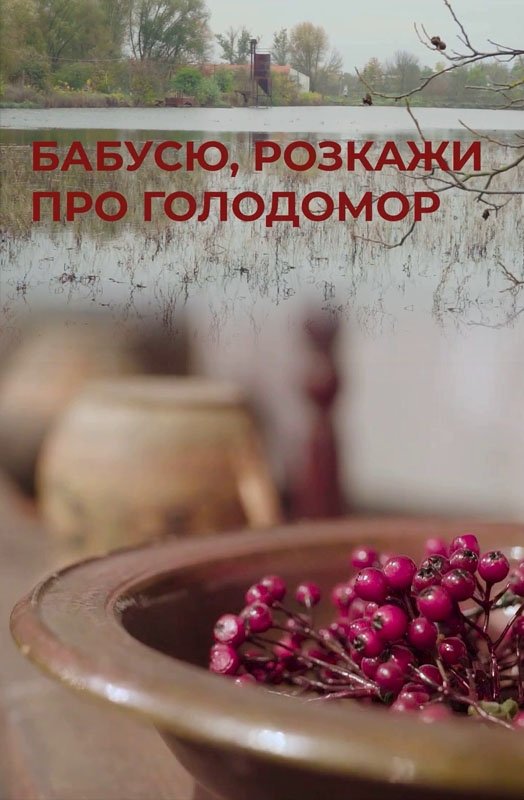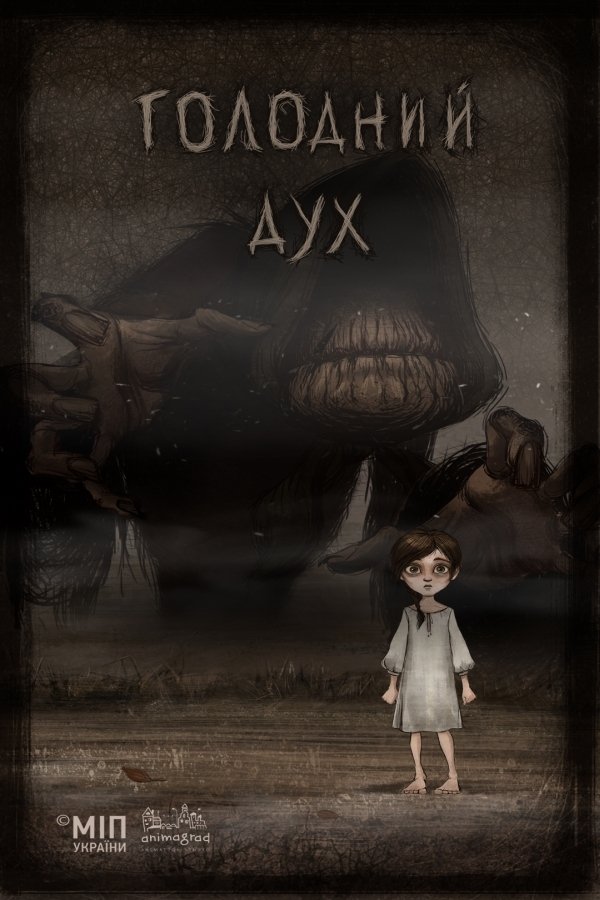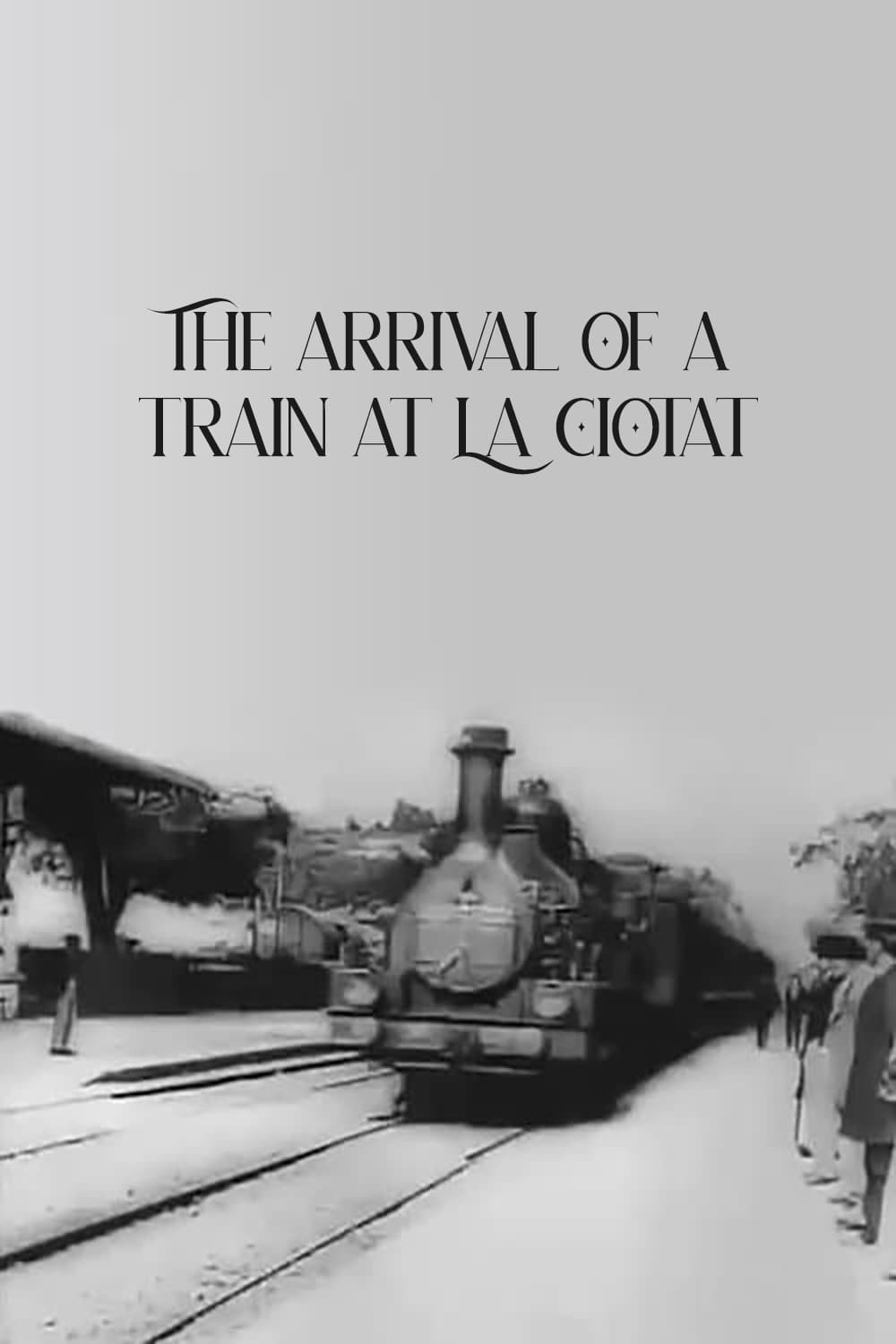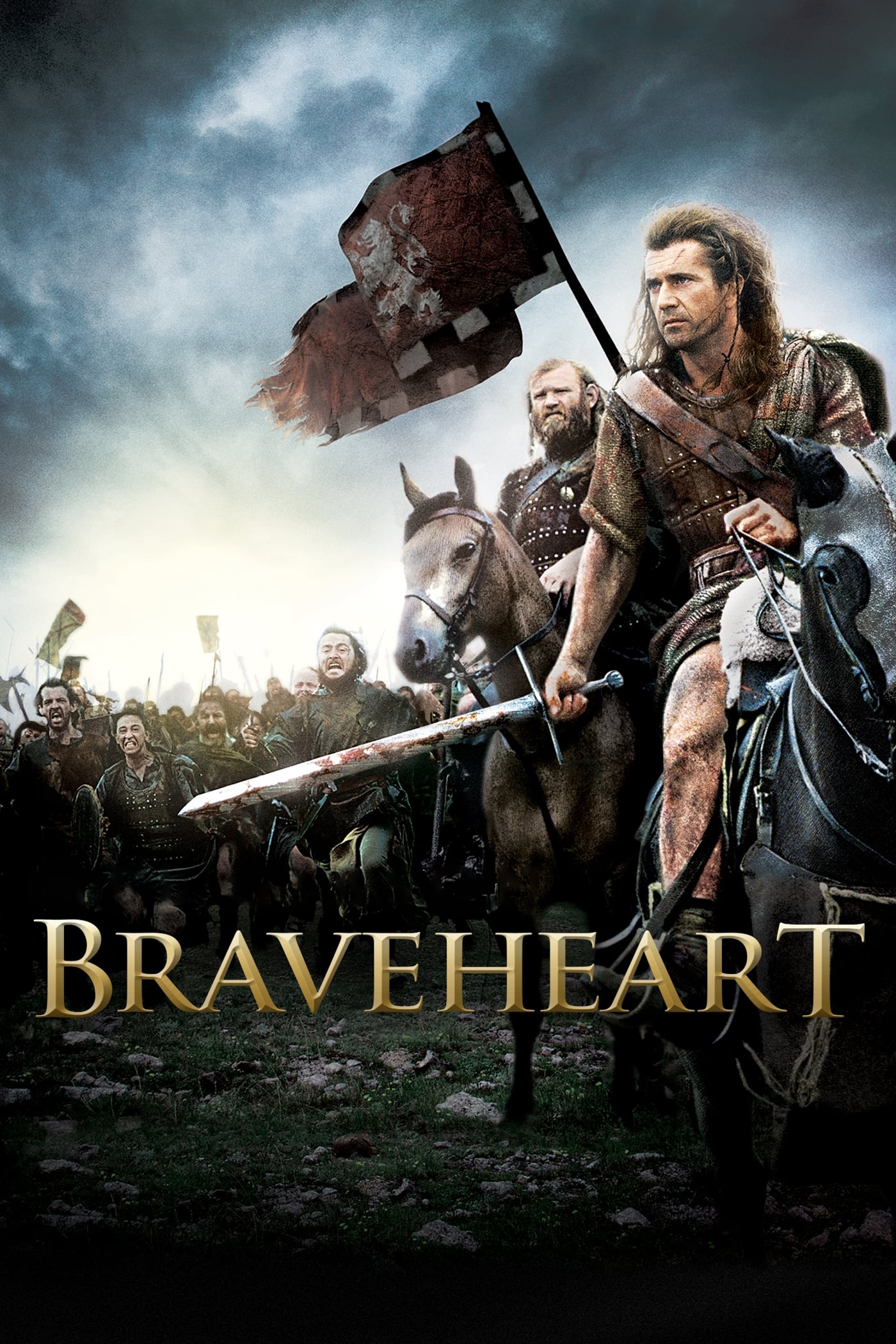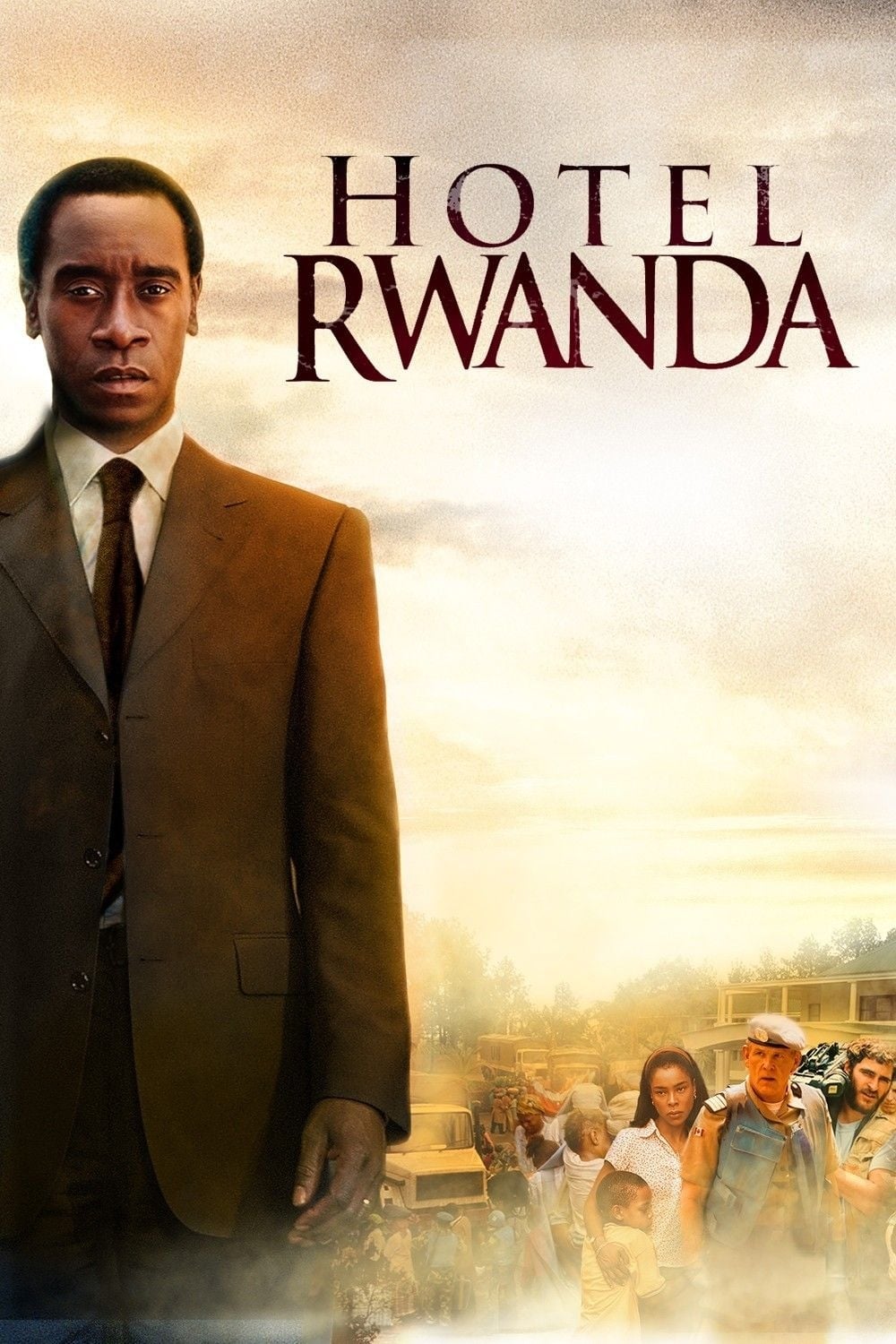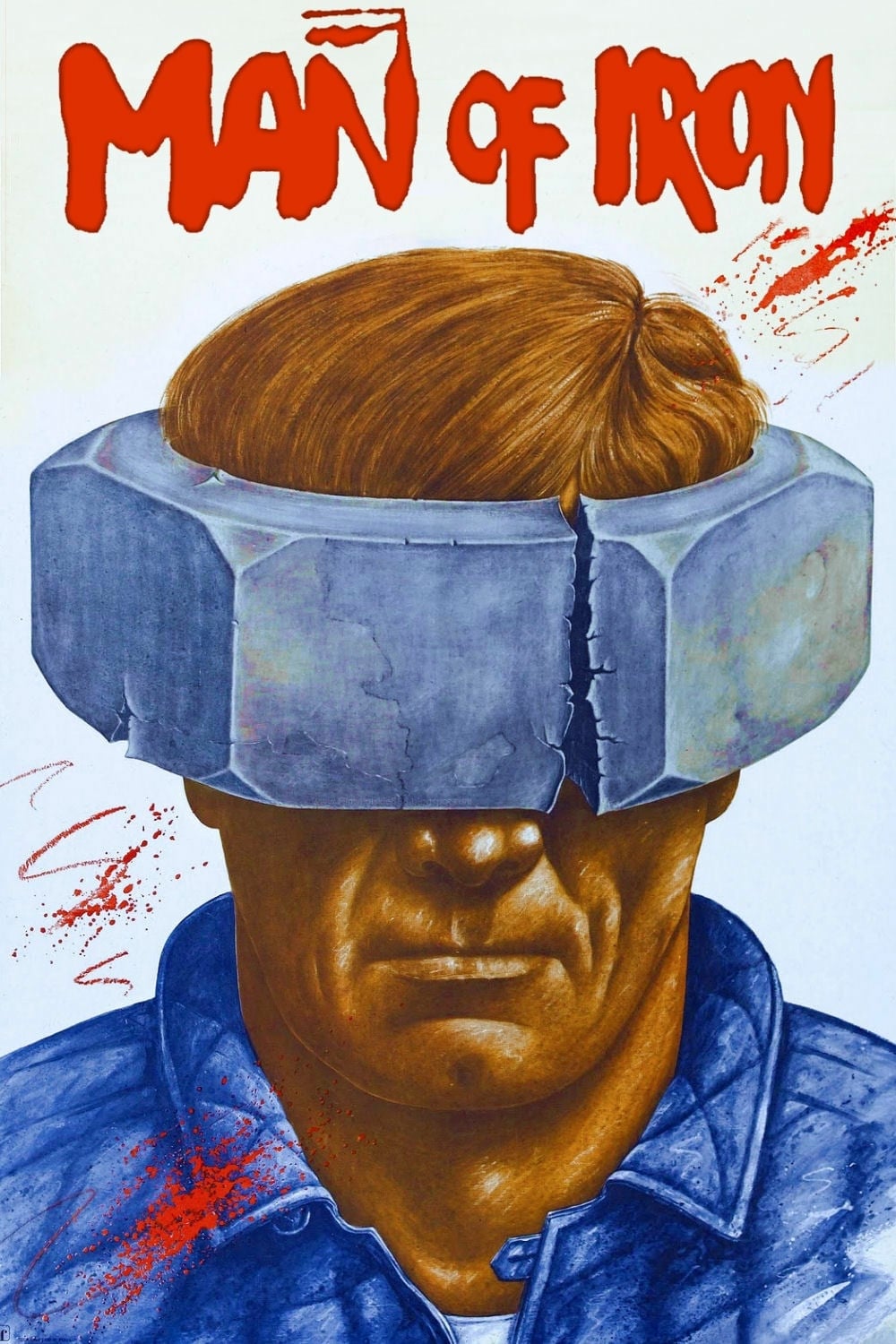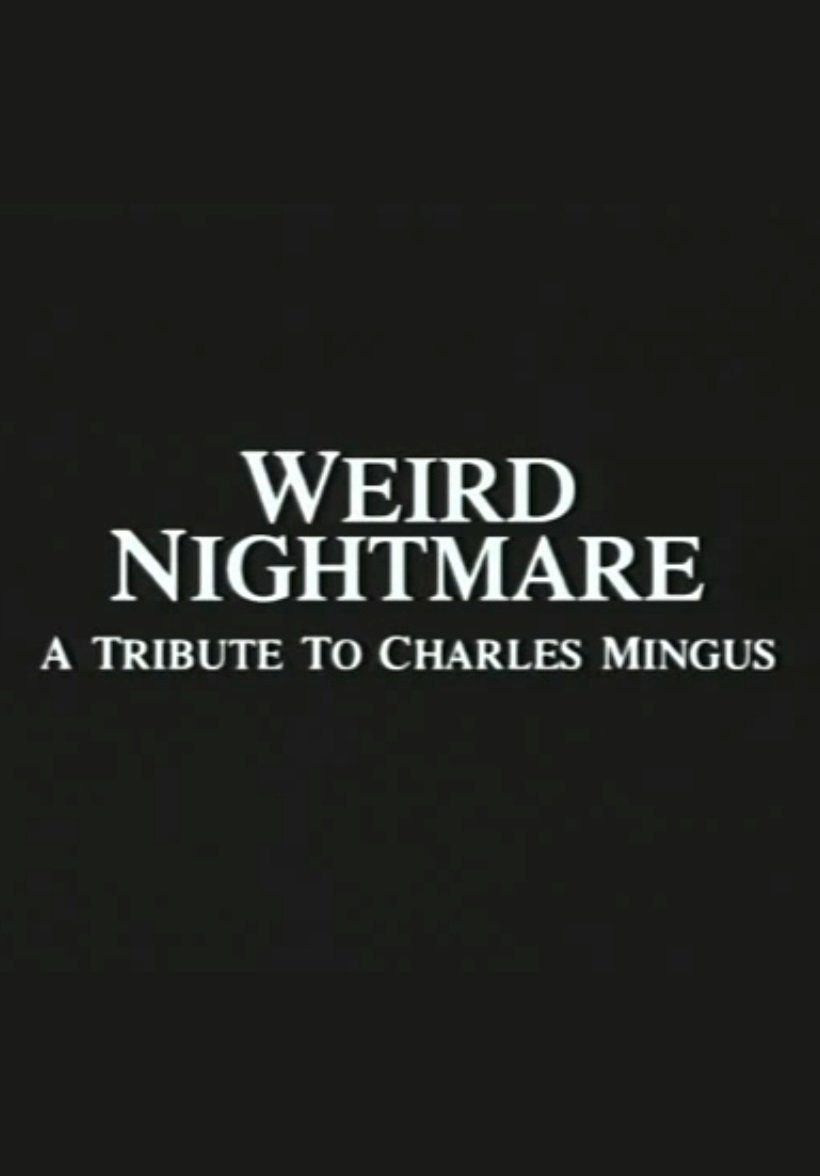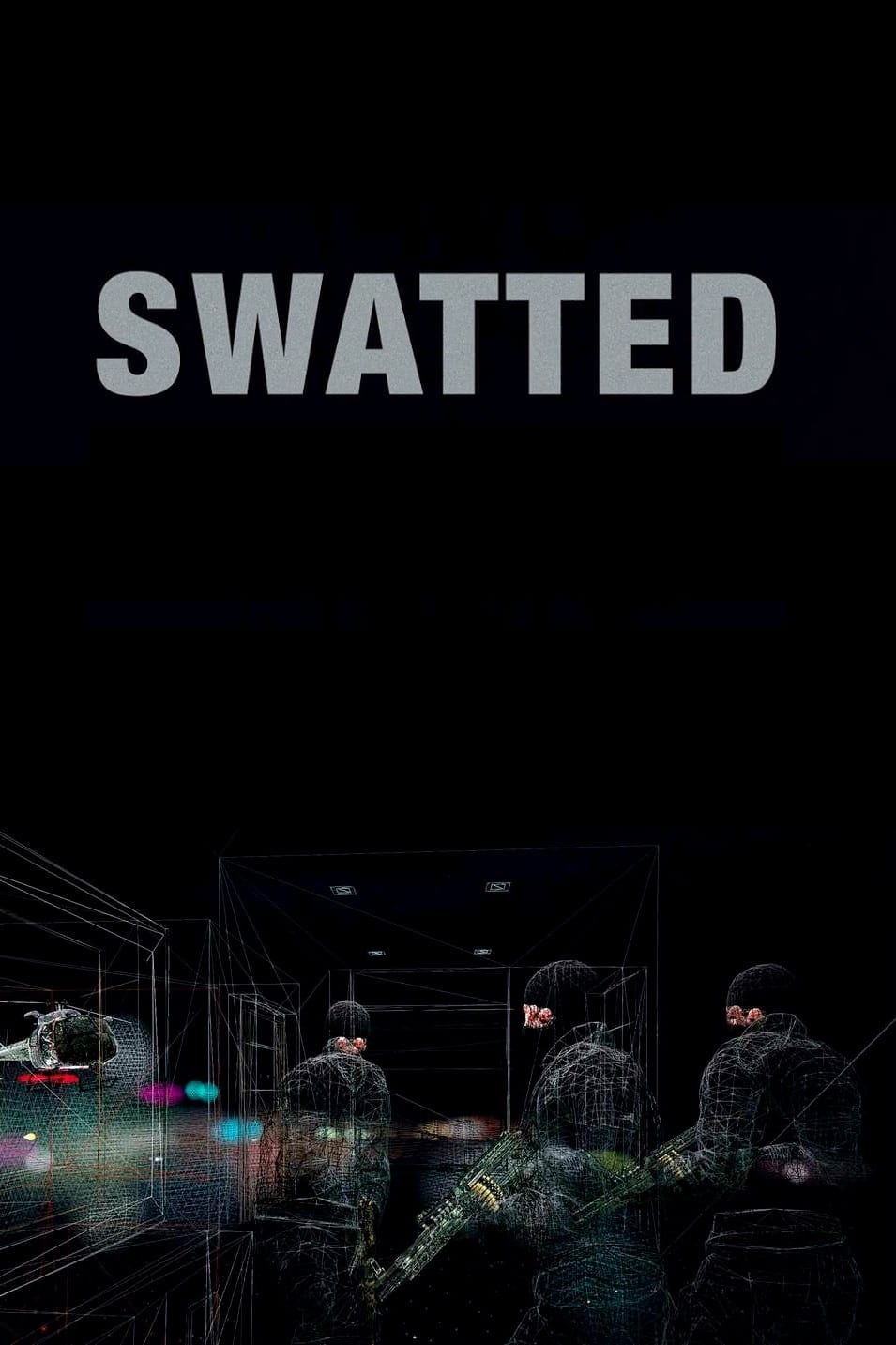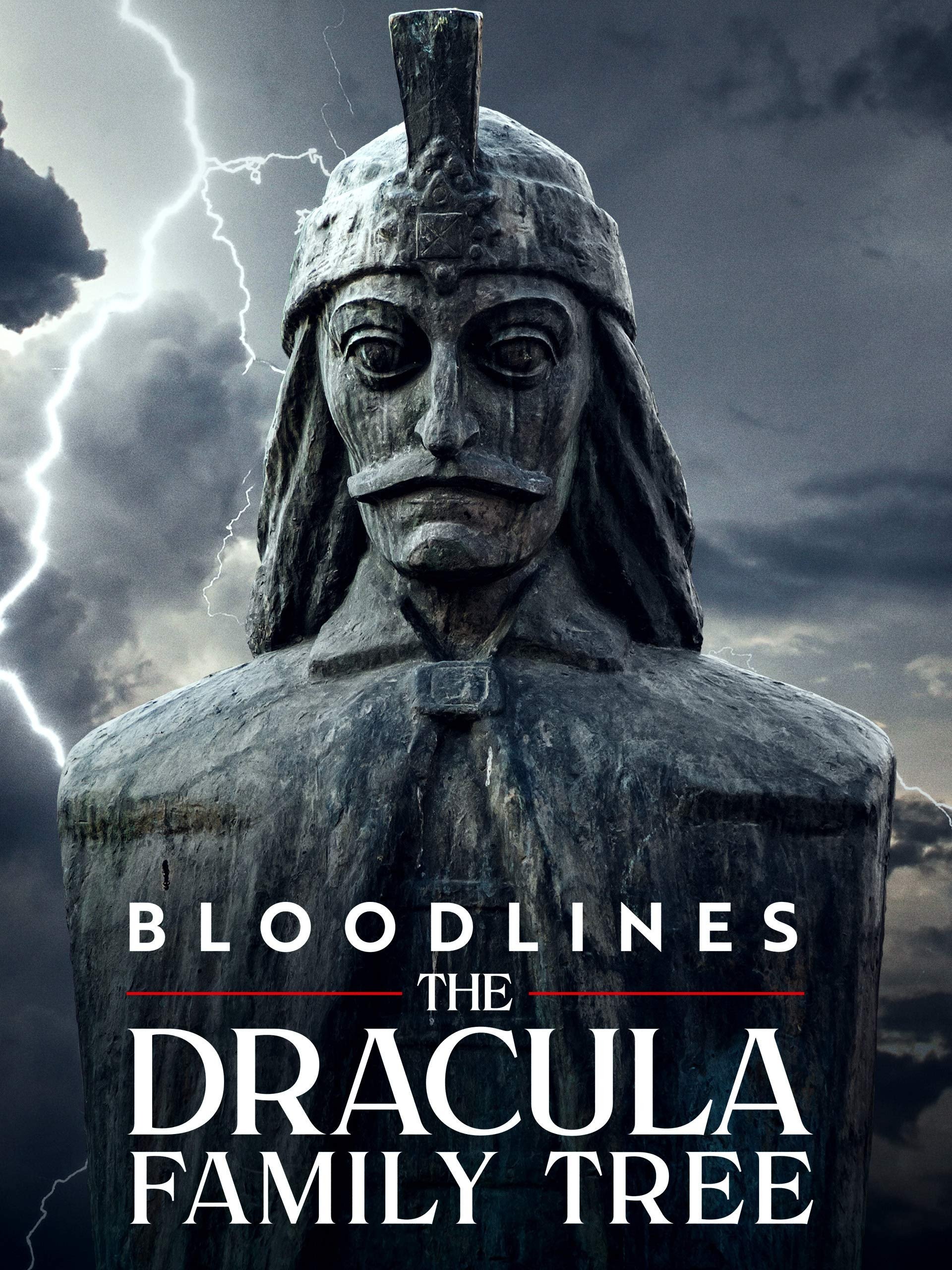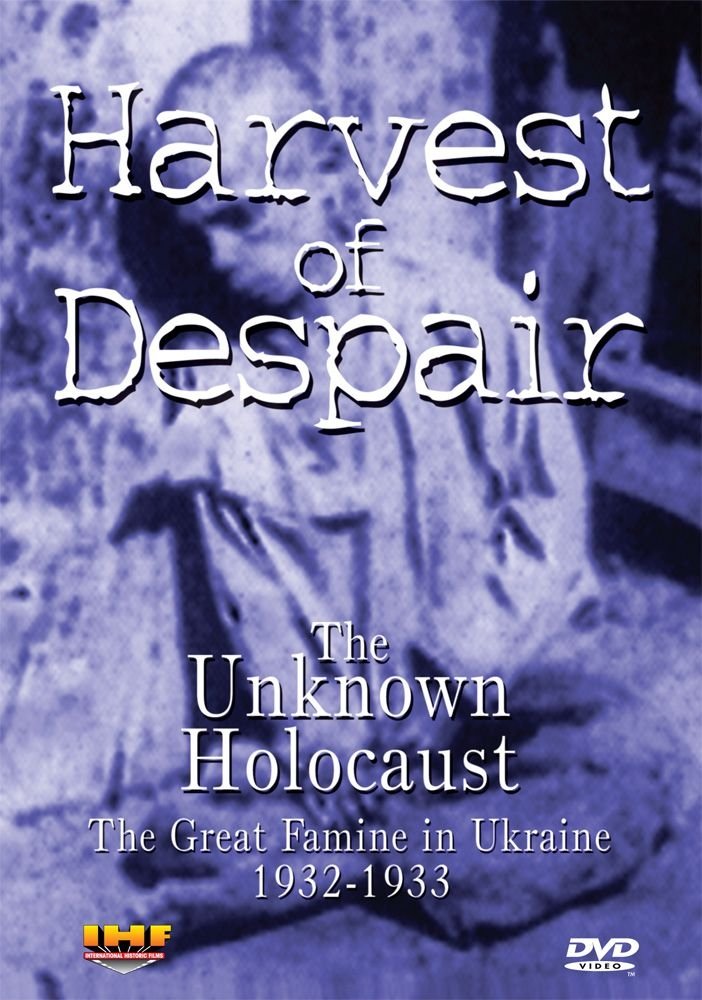
Harvest of Despair (1985)
Overview
Via the New York Times: "...a frankly biased, angry recollection of the great, "man-made" famine of 1932-1933 in which up to seven million people starved to death in the Ukraine. It is the film's thesis that Stalin was directly responsible by his ruthless expropriation of virtually all of the grain harvested in the Ukraine over a two-year period."
Production Companies
Additional Info
| Budget | $0.00 |
|---|---|
| Revenue | $0.00 |
| Original Language | en |
| Popularity | 0.14 |
Directed By
Slavko Nowytski
Crew
Slavko Nowytski
TOP CAST
Similar Movies
The Living
Tells the story of the tragic events in Ukraine in 1932-33, the genocidal Great Famine or the Holodomor, and one Welshman's attempts to tell the world what was happening.
Kuban Cossacks. And Already Two Hundred Years...
A documentary about the history of Ukrainian Cossacks in the Kuban.
The Secret Masonic Victory of World War II
Western Freemasonry and Eastern communists won WW2, leading to a secret holy war aiming for a one-world government and a single religion in a communist utopia.
Stalin: Man of Steel
Emmy Awards nominee for "Outstanding Individual Achievement in a Craft: Research: Multi-faceted portrait of the man who succeeded Lenin as the head of the Soviet Union. With a captivating blend of period documents, newly-released information, newsreel and archival footage and interviews with experts, the program examines his rise to power, deconstructs the cult of personality that helped him maintain an iron grip over his vast empire, and analyzes the policies he introduced, including the deadly expansion of the notorious gulags where he banished so many of his countrymen to certain death.
Mr. Jones
In 1933, Welsh journalist Gareth Jones travels to Ukraine, where he experiences the horrors of a famine. Everywhere he goes he meets henchmen of the Soviet secret service who are determined to prevent news about the catastrophe from getting out. Stalin’s forced collectivisation of agriculture has resulted in misery and ruin—the policy is tantamount to mass murder.
Bitter Harvest
Set between the two World Wars and based on true historical events, Bitter Harvest conveys the untold story of the Holodomor, the genocidal famine engineered by the tyrant Joseph Stalin. The film displays a powerful tale of love, honour, rebellion and survival at a time when Ukraine was forced to adjust to the horrifying territorial ambitions of the burgeoning Soviet Union.
Hunger for Truth
In an age when disinformation muddles the truth, a newly discovered voice cuts through the historical haze. She is Rhea Clyman, a young Canadian reporter who traversed the starving Soviet heartland when Stalin’s man made famine was just beginning in Ukraine. Clyman’s newly discovered newspaper articles for Toronto and London newspapers in 1932 show her remarkable resourcefulness and courage. After she was banished from the USSR for writing about the Holodomor and the Gulag, this brave woman went on to cover Hitler’s early lethal years in power.
Grandma, Please Tell Us About the Holodomor
This is a story about generations and the importance of preserving historical memory. The grandmother of one of the protagonists, Svitlana Zalishchuk, left behind a diary in which she recorded her memories of the terrible times. Veronika, a 12-year-old girl from Uman, and her mother made a film for the Autumn on Pluto 2.0 project about her grandmother Ksenia Logvyniuk, who told us where people found food and how they escaped starvation. Sasha, another 12-year-old protagonist of the film, did not find her great-grandmother alive, but she recreated her relative's experiences based on her father's stories.
The Hungry Spirit
The cartoon's main character is a girl living in the times of the Famine and personally experiencing all the terrors of this major crime against humanity.
The Arrival of a Train at La Ciotat
A group of people are standing along the platform of a railway station in La Ciotat, waiting for a train. One is seen coming, at some distance, and eventually stops at the platform. Doors of the railway-cars open and attendants help passengers off and on. Popular legend has it that, when this film was shown, the first-night audience fled the café in terror, fearing being run over by the "approaching" train. This legend has since been identified as promotional embellishment, though there is evidence to suggest that people were astounded at the capabilities of the Lumières' cinématographe.
Das Dorf der Freundschaft
A German Documentary about the “village of friendship” that was created by American Veteran George Mizo to help the Vietnamese kids suffering from the Vietnam War.
Braveheart
Enraged at the slaughter of Murron, his new bride and childhood love, Scottish warrior William Wallace slays a platoon of the local English lord's soldiers. This leads the village to revolt and, eventually, the entire country to rise up against English rule.
Hotel Rwanda
Inspired by true events, this film takes place in Rwanda in the 1990s when more than a million Tutsis were killed in a genocide that went mostly unnoticed by the rest of the world. Hotel owner Paul Rusesabagina houses over a thousand refuges in his hotel in attempt to save their lives.
Berlin: Symphony of a Great City
A day in the city of Berlin, which experienced an industrial boom in the 1920s, and still provides an insight into the living and working conditions at that time. Germany had just recovered a little from the worst consequences of the First World War, the great economic crisis was still a few years away and Hitler was not yet an issue at the time.
Man of Iron
In Warsaw in 1980, the Communist Party sends disgruntled radio reporter Winkel to Gdańsk to dig up dirt on the shipyard strikers - particularly on Maciek Tomczyk, an independent labour union leader whose father was killed in the December 1970 protests. Posing as sympathetic, Winkel interviews the people surrounding Tomczyk, including his detained wife, Agnieszka.
And Then They Came for Us
Seventy-five years ago, Executive Order 9066 paved the way to the profound violation of constitutional rights that resulted in the forced incarceration of 120,000 Japanese Americans. Featuring George Takei and many others who were incarcerated, as well as newly rediscovered photographs of Dorothea Lange, And Then They Came for Us brings history into the present, retelling this difficult story and following Japanese American activists as they speak out against the Muslim registry and travel ban. Knowing our history is the first step to ensuring we do not repeat it.
Swatted
Some game trolls in the United States make a sport of getting other players “swatted” live during the game: they find out someone’s name and address, fake his caller ID, and make a bogus 911 call. The next thing you know, a SWAT team armed to the teeth is bursting into his house and giving him the fright of his life. This is all streamed live on camera, of course, so everyone can be in on the joke. Swatted is a cinematic exploration of this phenomenon based on 911 calls by offenders, YouTube videos of games and raids, and first-hand accounts of what it’s like to be swatted.
Bloodlines: The Dracula Family Tree
Almost 30 years ago, two scholars from Boston revealed the historical truth behind the legendary vampire known as Dracula. For the first time, their 15-year research demonstrated the link between Bram Stoker's infamous vampire and a 15th century prince named Vlad Tepes, or "Vlad the Impaler."

